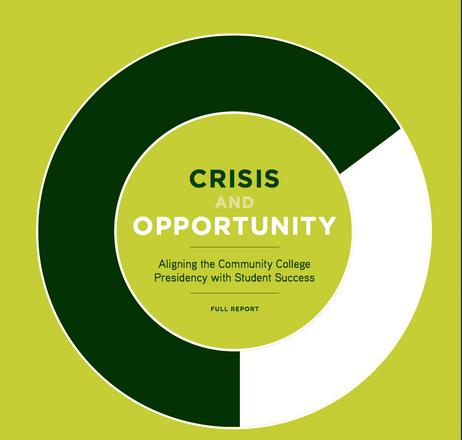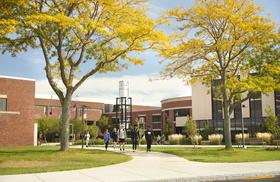Few people may be pulling out the Christmas lights or playing the carols just yet, but at community colleges across the country, the season of giving has already begun. Whether schools are helping those in need in their communities or receiving assistance from generous donors, 'tis the season for many of these schools. Check out how some community colleges are celebrating the giving and receiving season a little early this year.
Kauai Community College Reaches Out to Vets
This Hawaiian community college is making a point to provide opportunities to veterans on the Islands, particularly vets interested in pursuing higher education. The Garden Island reports that faculty from the school recently met with area vets to brainstorm ways for the school to reach out more effectively to this population. According to the article, the school had 41 vets enrolled during the past spring semester and would like to see that number increase.
"Kauai Community College is committed to serving the veterans by assisting them in enrolling in higher education, career counseling, succeeding in college, and finding a job," Earl Nishiguchi, vice chancellor for student affairs, told The Garden Island.
The meeting consisted of college employees listening to concerns raised by veterans and other military personnel in attendance. The hope is that this meeting will spark a partnership between the college and the army community, leading to increased educational and career success for vets who call the Islands home.
St. Louis Community College Cleans Up the Neighborhood





















